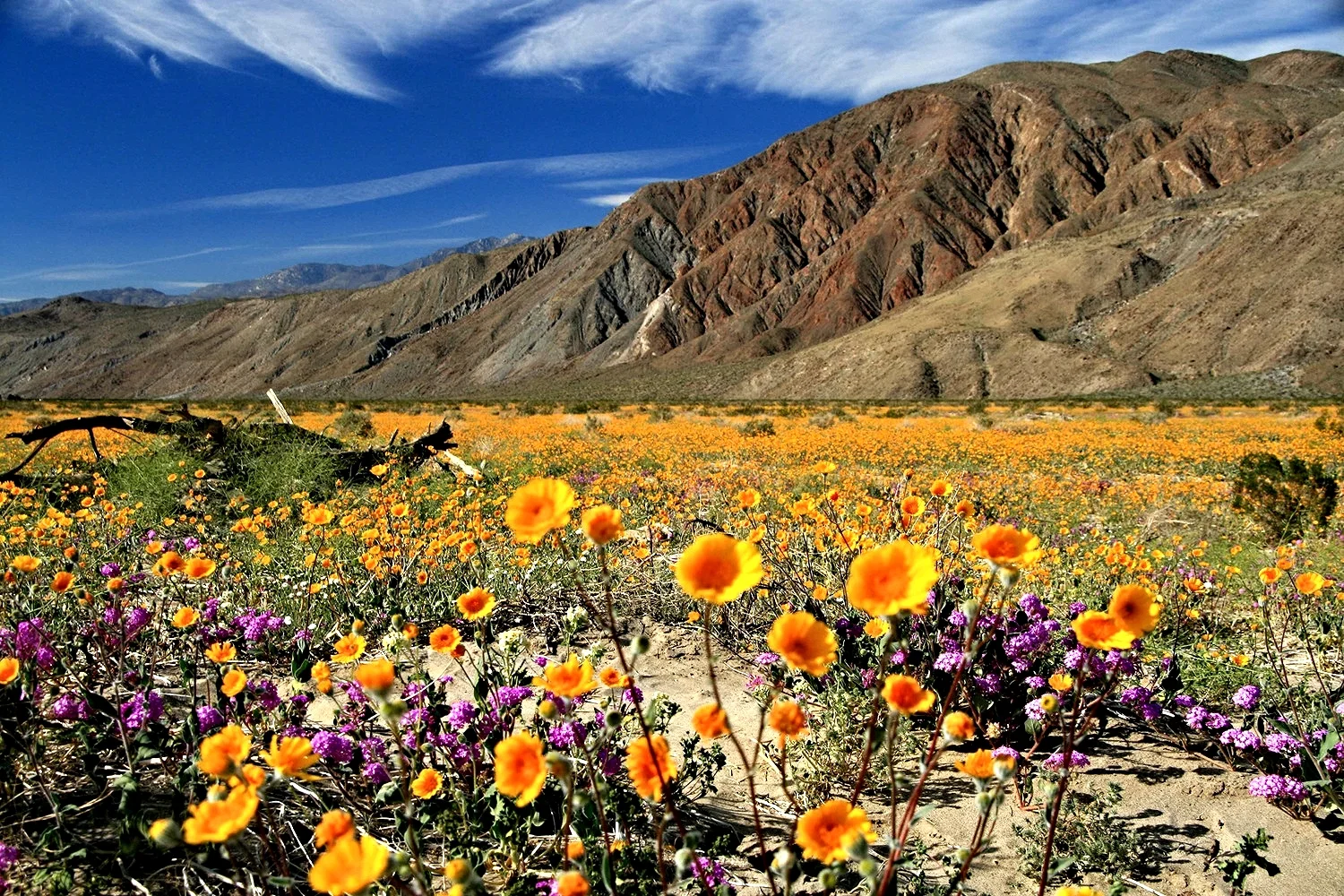Oberbauer to Discuss the 2017 Wildflower Superbloom
/Tom Oberbauer, President, California Native plant society–San Diego Chapter
Tom Oberbauer, President of the San Diego Chapter of the California Native Plant Society, will be the February speaker as part of the Botany Society’s Public Lecture Series. He will discuss The 2017 Superbloom on Monday, February 11, 2019.
Tom Oberbauer is a third generation San Diegan. He has had a life-long interest in natural resources of San Diego County and Baja California, particularly islands. He received his bachelor and master’s degrees in biology from San Diego State.
Tom is fascinated by ephemeral natural phenomena such as wildflower displays and vernal pools. He has been observing spring wildflower displays in the Anza Borrego area since he was a child and has strong recollection of the good years in the late 1970’s, early 1980’s, and the mid 1990’s. The 2016-2017 rainfall season was above average for San Diego County, but not extraordinarily so, However, the timing of the rain and temperatures provided a unique situation for wildflower growth. The cover and diversity of wildflowers in the spring 2017, so-called superbloom, was equal to or greater than those of the majority of seasons in the past 30 years.
Tom spent a number of days exploring the wildflowers and sheets of color across the landscape through the season as well as exploring the hills and Palm Canyon. Tom is happy to present his photographs of this outstanding wildflower season.
Who: Tom Oberbauer, President, San Diego Chapter, California Native Plant Society
Topic: The 2017 Superbloom
Where: Discovery Lab, Visitor Center, Anza-Borrego Desert State Park
When: Monday, February 11, 2019
Time: 10:00 to 11:30 AM
Cost: Free lecture; public is invited. There is a $10 Park Day Use Fee






